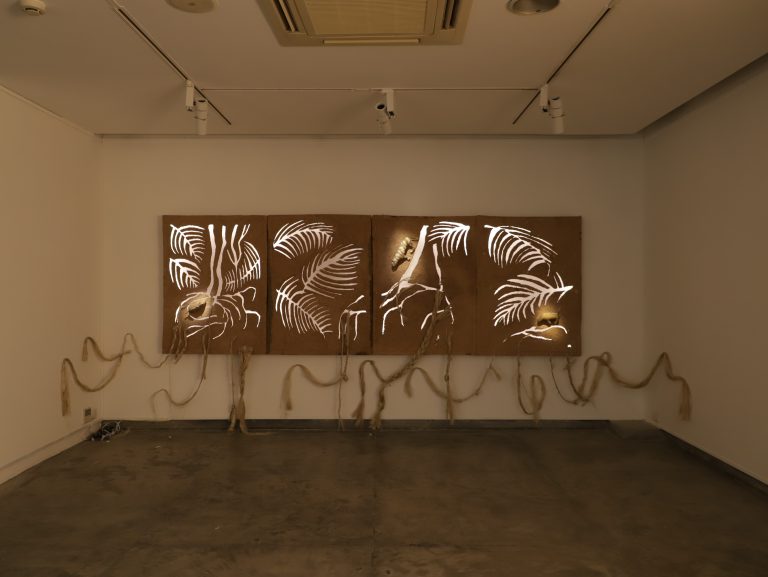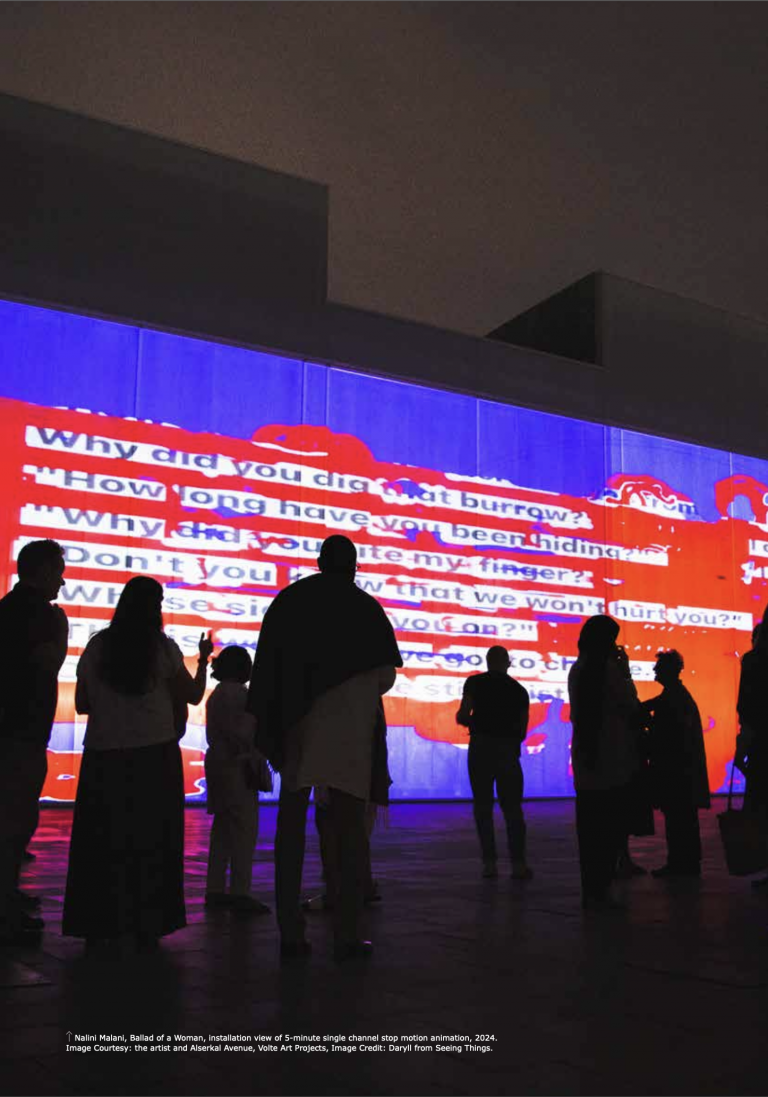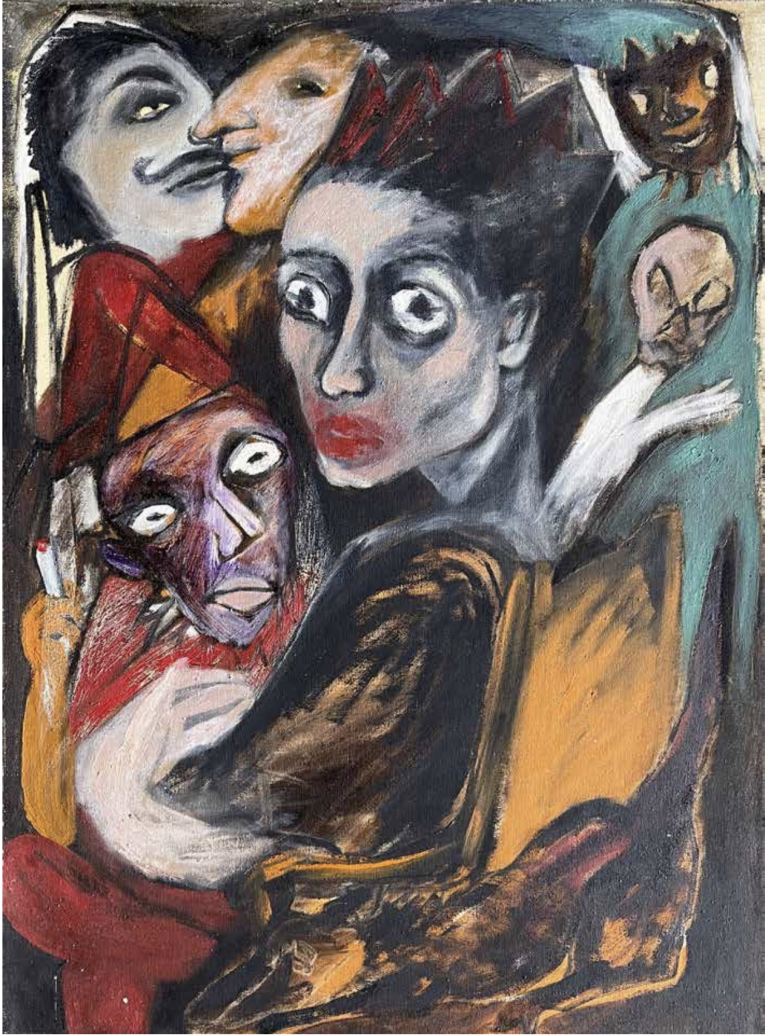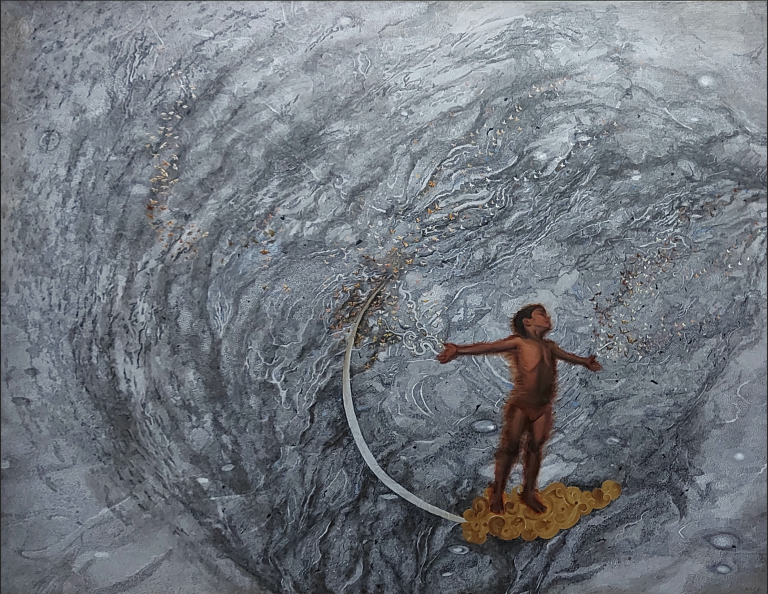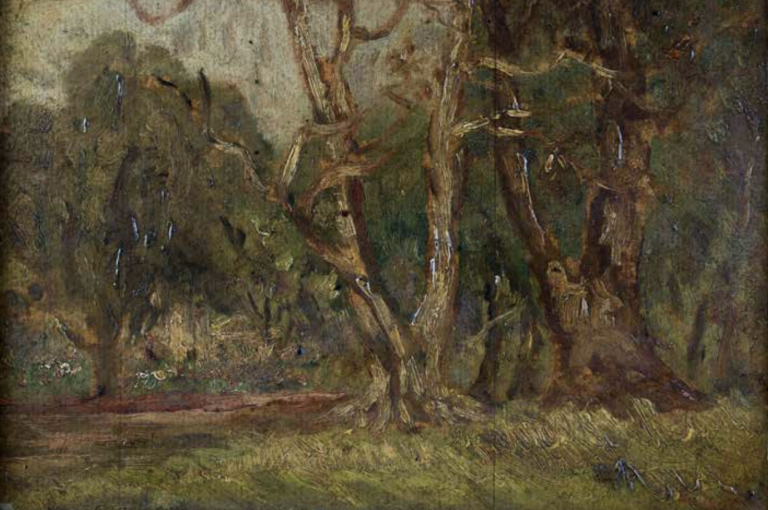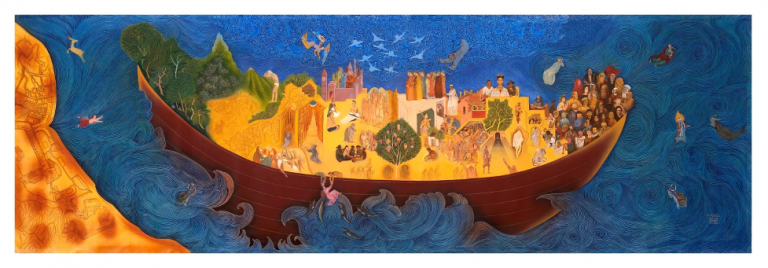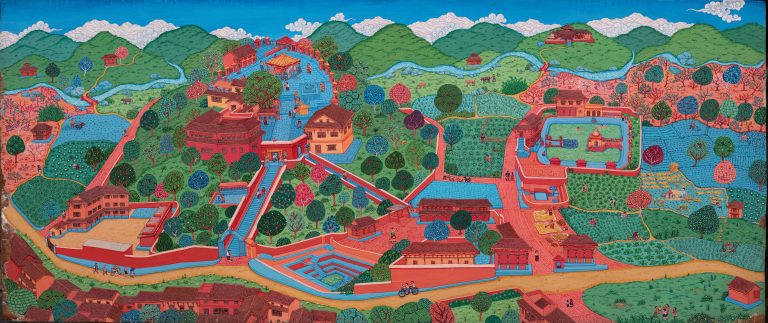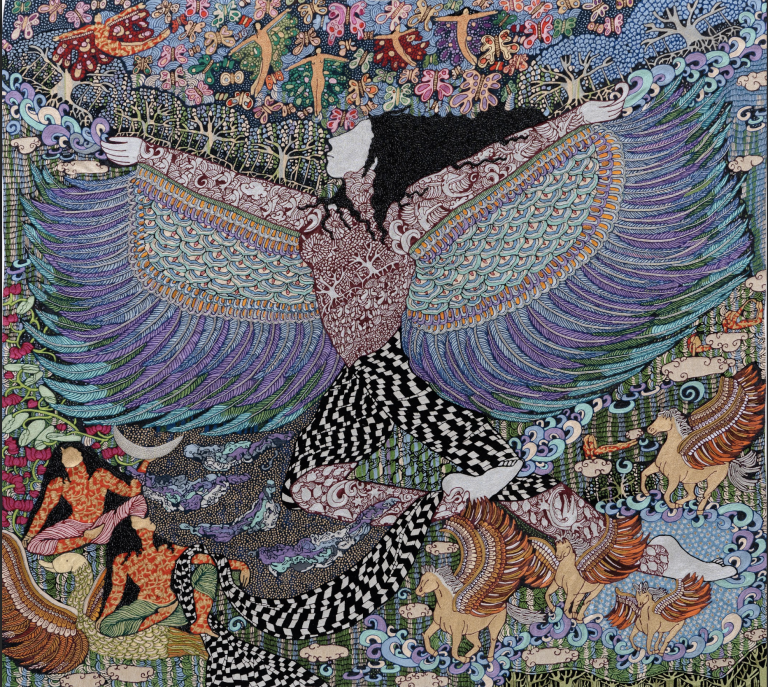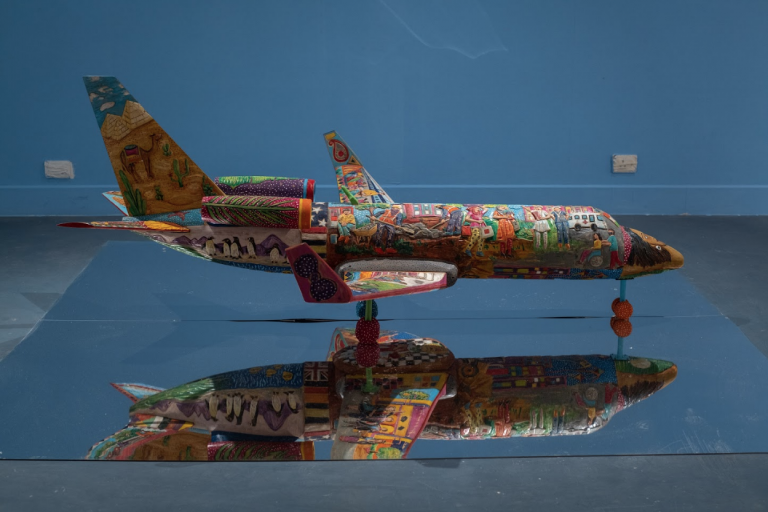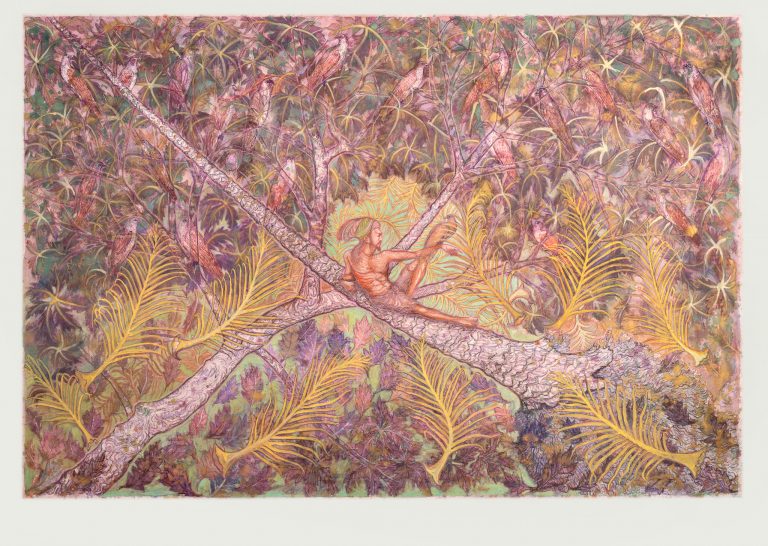A Transformative River and Embedded Dialectics: Reflections on a river of unrest …a delta of dreams by Paula Sengupta
In many ways, Sengupta’s project is situated between “a river of unrest” and “a delta of dreams.” It is the silent space that occupies the void between evidences, oral narratives, sensory experiences, memory and creative reconstructions. Calcutta and its colonial history have been addressed in her art projects the last two decades offering an unique perspective to assess and apprecitate the city’s entanglement of past and the present. In this recent project, Matiaburj (in which mati indicates clay/mud, and burj implies tower) in south west of Calcutta by the river remains a key site where authoritarian and local histories juxtapose, where fiction-like facts makes way for Sengupta’s ambitious creative reimaginations. With a mindful selection of historically informed materials, that include inherited and constructed textiles, jute fibre, paper pulp and graphic prints, archival history is brought in a dialogue with sensorial experiences.
Read More





